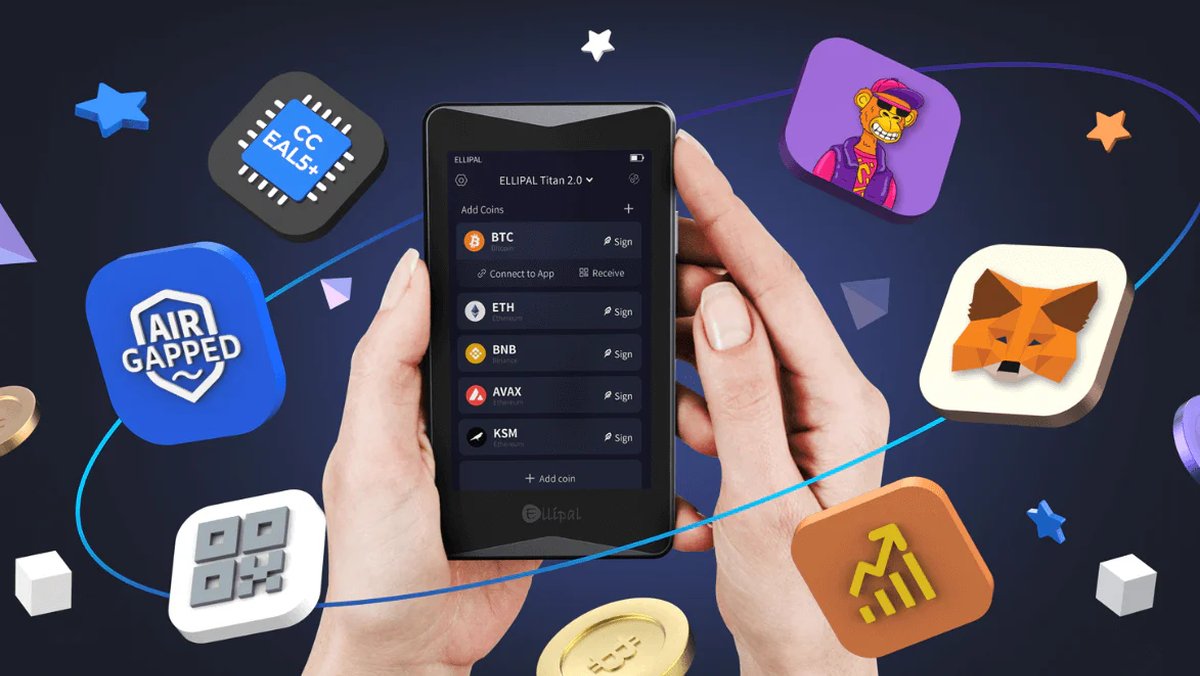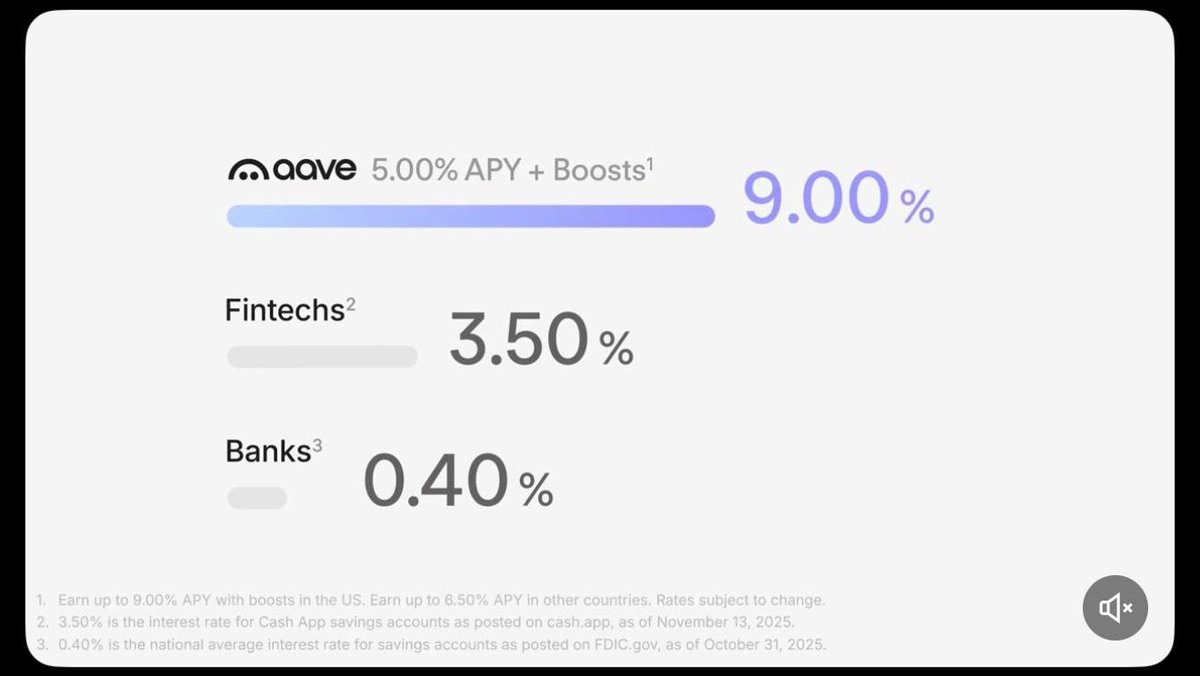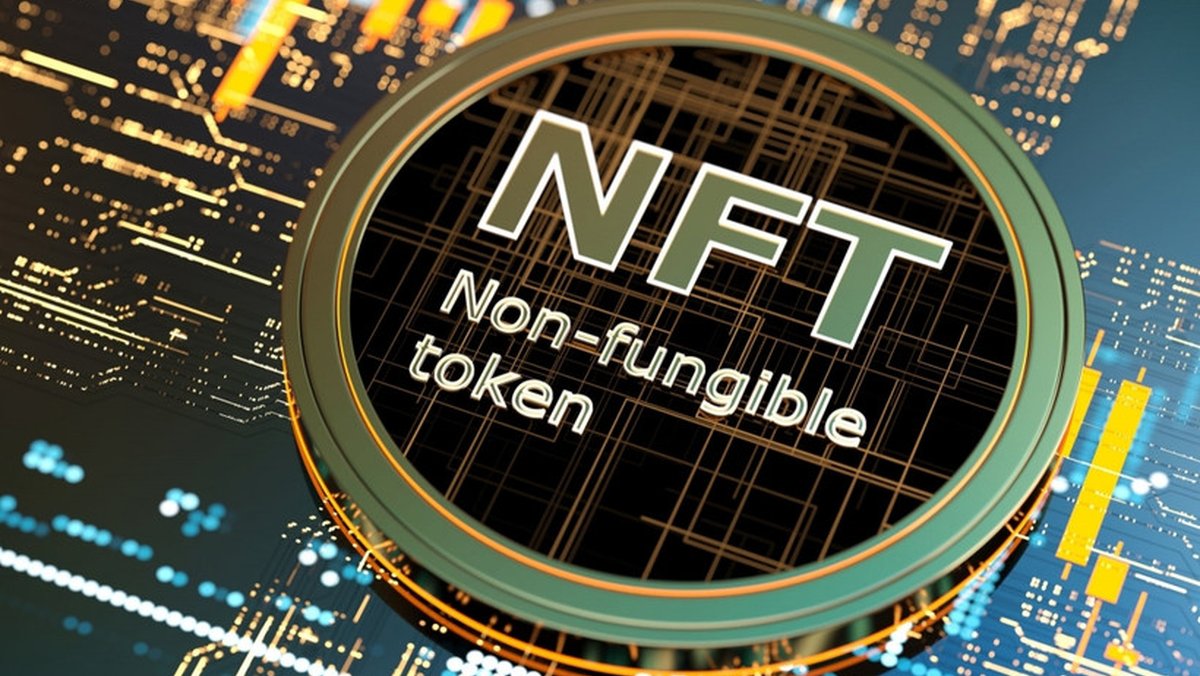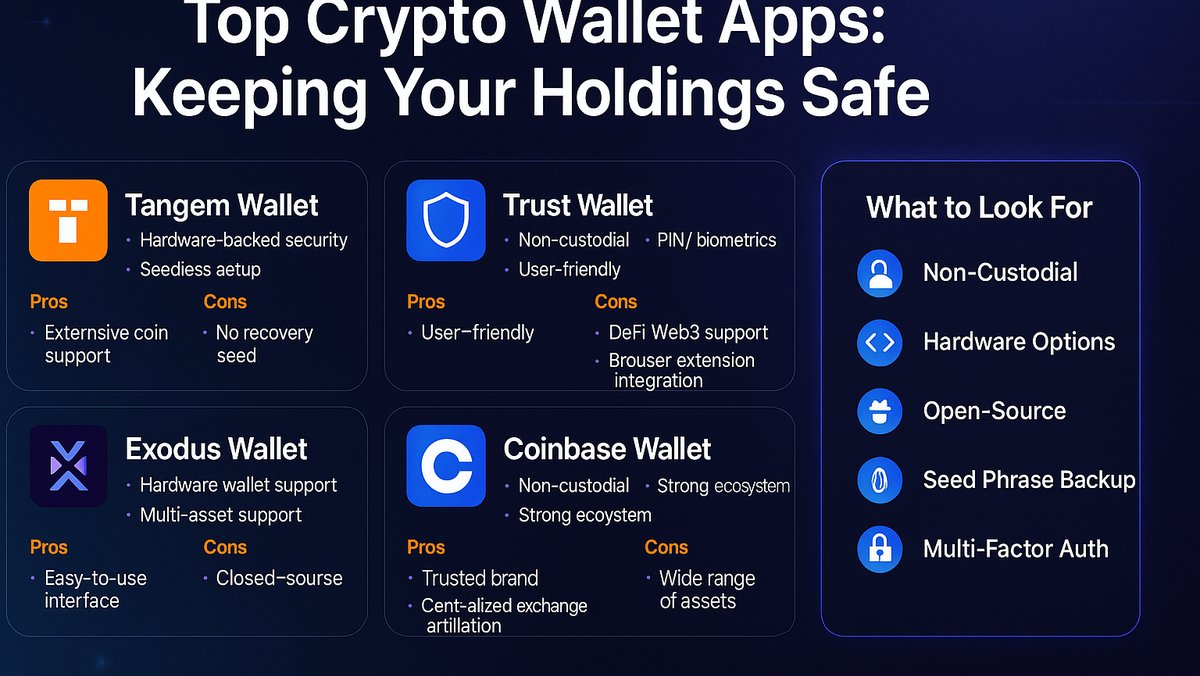$3.05M Drained From a ‘Cold’ Ellipal Wallet: What Really Happened—and How to Avoid the Trap
Executive summary: A U.S. user lost roughly $3.05M in XRP after operating a wallet they believed to be cold, when in fact it was effectively hot the moment the seed phrase touched an internet-connected companion app. On-chain traces reconstructed by independent sleuths show a familiar laundering arc: rapid cross-chain swaps, consolidation on Tron, and distribution to OTC cash-out hubs reportedly connected to Southeast Asian brokers. The case is not an exotic zero-day. It is an operational failure amplified by good UX and bad assumptions. Below is a reproducible timeline framework, a technical deconstruction of the attack path, and a rigorous self-custody playbook you can apply today.
What we can say with confidence
- Trigger: The victim imported a seed phrase into a mobile companion app associated with an Ellipal device. From that instant, the key material was exposed to a networked environment.
- Drain: Attackers moved the victim’s XRP out within a short window, likely using automated sweep logic keyed to the moment funds arrived or a standing approval enabled signing via the compromised environment.
- Laundering route: Funds traveled through a bridge aggregator, then consolidated on Tron to USDT-like instruments, before dispersal to OTC broker clusters. This path minimizes freeze risk and speeds cash-out.
- Response friction: The victim struggled to engage law enforcement fast enough for effect. Reaction time in these cases is measured in minutes, not days.
Cold vs hot: the decisive boundary
Cold storage means the private key never resides on a networked device, and signatures occur on a truly isolated signer. A hardware wallet can be part of a cold setup, but the brand alone does not grant immunity. The moment you type or import your seed into a phone or laptop, your setup becomes hot. That change in mode collapses the entire security model: malware, clipboard hijackers, fake keyboards, and hostile mobile OS surfaces all come into play. Vendors try to make onboarding simple; paradoxically, the smoother it feels, the easier it is to cross the cold/hot boundary without realizing it.
Reconstructing the heist: a practical timeline model
You can audit a case like this systematically. Below is a template you can replicate for any large drain. Replace placeholders with the actual addresses and txids when you compile your incident log.
| UTC time | Action | Asset/Chain | Address / Txid (mask) | Notes |
|---|---|---|---|---|
| T0 − 30m | Seed imported to mobile app | N/A | Device → App | Security posture shifts from cold to hot |
| T0 | First outbound sweep | XRP Ledger | rXRP_victim → rXRP_hop1 (tx xyz…1e9) | High-fee fast path, minimal memos |
| T0 + 2m | Bridge initiation | XRP → EVM | rXRP_hop1 → 0xbridgePool (tx abc…d12) | Likely via aggregator; UI mimics centralized exchange |
| T0 + 6m | Settlement on Tron | TRON (USDT-like) | TQ…victimConsol → TX…fanout (tx 777…ef0) | Consolidation then peel chains to OTC desks |
| T0 + 25m | OTC distribution | TRON | TX…fanout → TC…deskA / TH…deskB | Amounts sized to fly under common risk thresholds |
Two features recur in many cases: speed and obfuscation. Attackers script the initial sweep and bridge step. By the time the victim notices, multiple settlement legs have completed on faster finality chains, and the funds are at or near human intermediaries. Even when exchanges are pinged promptly, freezes often miss the critical window.
Why Tron is the preferred sink
Tron offers cheap, predictable transfers, enormous stablecoin liquidity, and broad OTC penetration in regions where informal brokers thrive. That mix shortens the road from theft to cash. While Ethereum L2s have matured, fee spikes and variable finality sometimes nudge adversaries toward Tron for the last mile. If you are tracing funds, familiarize yourself with common TRON broker clusters and watch for peel chains that funnel to repeating endpoints.
Bridge opacity and the “Binance mirage”
Victims often believe their funds “went to Binance” because a bridge UI displays Binance on one leg, or because block explorers show contract labels that include a CEX name. In reality, the path frequently remains on-chain within bridge liquidity pools. That mirage wastes precious time as victims chase CEX support while the value never actually enters the CEX’s custodial perimeter. Your incident log should explicitly distinguish between contract addresses belonging to a bridge and deposit addresses controlled by an exchange.
Root cause: operational, not cryptographic
No evidence suggests a novel break of the XRP Ledger or a hardware signing primitive. The failure mode is classic: seed phrase exposure on a connected device. Common entry points include fake mobile apps, trojanized APKs, SMS phishing that impersonates wallet updates, and clipboard or keyboard grabbers on Android. End users rarely notice subtle permission prompts. The better the app feels, the less likely a user realizes they crossed into hot mode. Clear, unavoidable UX warnings are scarce across the industry, and brand trust fills the gap—to attackers’ benefit.
First-hour response: a checklist that actually helps
- Remove network exposure: Put compromised devices into airplane mode. Do not open the wallet again on that device.
- Inventory facts: Copy the victim address, last known balance, and the first draining transaction txid. Create a plain-text incident note with UTC timestamps.
- Trace quickly: Use a reputable block explorer to follow hops. Label each hop with chain, address, txid, and value. Keep it simple and linear.
- Ping exchanges’ abuse desks: If a hop clearly lands at a deposit address on a CEX you recognize, email the abuse address with your incident note and txids. Ask for a provisional freeze and ticket number. Do not attach executables or PDFs; paste plain text.
- File with a cyber unit: In the U.S., submit to IC3 with the same timeline. If outside the U.S., file with your national cybercrime portal. Reference the exchange tickets you opened.
- Do not hire random “recovery” firms: Most are predatory. Reputable tracing firms will not DM you first, will disclose rates, and will not guarantee recovery.
Prevention playbook: separating cold from connected—forever
- Air-gap discipline: Generate and store seeds only on a hardware signer that never exposes the seed to a mobile app or PC. For monitoring, use watch-only addresses in portfolio trackers.
- Multi-sig with hardware quorum: For balances that would hurt to lose, require two independent hardware devices to co-sign. Keep the devices in different physical locations.
- Allowlist + timelocks: On exchanges and custodians, enable address allowlists and mandatory delays for new withdrawals. In self-custody, use wallet policies that require a delay for unrecognized destinations.
- Approval hygiene: On EVM chains, review token approvals monthly. Revoke stale or unknown spend permissions to avoid future “silent drains.”
- Device hygiene: Install wallet apps only from verified stores. Disable developer mode on phones used near key material. Never sideload APKs on a device that ever sees seeds.
- Role separation: Use one device for viewing and a different, hardened device for signing. Assume the viewer is compromised; it should never hold keys.
What wallet vendors should change
- Mode banners: If a seed exists on a connected device, display a permanent, high-contrast banner: “HOT MODE: keys present on this device.”
- Default deny: Disable large sends, new approvals, or sensitive actions unless confirmed on a hardware signer. Make the safe path the default.
- Seedless recovery paths: Promote passkey-style recovery or social recovery with hardware guardians over raw seed imports into phones.
- Bridge transparency: When a companion app integrates a bridge, surface actual counterparty contracts and a printed receipt with all mid-legs for incident response.
How investigators triage these cases
Independent analysts typically begin with the victim’s last inbound transaction. From there they follow the first outbound hop, identify whether it lands at a bridge ingress, and determine the settlement chain. Peel chains on Tron are mapped by clustering heuristics: repeated change behavior, common memo patterns, and co-spend analysis. Once brokers are identified, analysts prepare detailed risk memos for exchanges and, where relevant, for regional law enforcement that interfaces with those OTC networks. This workflow is efficient, but it still runs into the same bottleneck: cash-out speed beats paperwork speed.
Source pack you should embed before publishing
Replace the placeholders with the exact URLs and hashes from your verification notes. Editors should verify each link on the day of publication and include access timestamps.
- Primary thread: ZachXBT’s X thread announcing the case and initial traces (INSERT_THREAD_URL).
- Media summaries: Two independent write-ups with publication time (INSERT_MEDIA_LINK_A, INSERT_MEDIA_LINK_B).
- Victim address (XRP):
r…victimon XRPL explorer (INSERT_XRPL_EXPLORER_LINK). - Bridge ingress txid:
xyz…1e9(INSERT_TX_LINK). - Tron consolidation address:
TQ…victimConsolon TRON explorer (INSERT_TRON_EXPLORER_LINK). - Representative OTC endpoints: Cluster labels or previous public attributions (INSERT_CLUSTER_NOTE).
Frequently asked questions
“Is Ellipal inherently unsafe?” Not inherently. A device can be used safely in a strictly cold workflow. The risk arises when the seed or signing process migrates to a connected device. Treat the setup, not the brand, as your threat model.
“Could this have been stopped if the victim acted immediately?” Sometimes. If the first hop lands on a major exchange deposit address, rapid tickets and freezes can help. In bridge → Tron → OTC paths, the window is usually too short.
“Why do thieves split amounts?” To avoid triggering automated risk thresholds at OTC desks and to reduce the chance that any single freeze hits a large share of the loot.
“Should I ever import a seed into a phone?” For material funds, no. Use a hardware signer and watch-only tools. If you must travel with spending funds, create a separate, low-risk hot wallet with a different seed.
Appendix: a safer operating pattern for high-value users
- Tier your capital: Cold treasury (multi-sig hardware, deep storage), warm operating (multi-sig with lower limits), and hot spending (daily needs). Never blur tiers.
- Change management: Any policy or device change requires a written change ticket, a second person’s sign-off, and a 24-hour cool-down.
- Drills: Run a quarterly “key compromise” drill. Practice building an incident log, contacting exchanges, and rotating to new keys.
- Outbound guards: For large transactions, require a video or in-person second-factor sign-off separate from the signer device.
Bottom line
This theft was not a failure of cryptography. It was a failure of mode discipline. A wallet that felt like cold storage became hot, silently, when a seed touched a phone. From that misstep, the rest followed predictably: a scripted sweep, an opaque bridge hop, fast settlement on Tron, and OTC off-ramps. Your defense is not a magic device—it is a system of habits: never import seeds to connected devices, use multi-sig for real money, keep approvals tidy, and rehearse your worst day before it happens. If you are reading this with meaningful funds in a mobile app today, you already know your next task.
Disclosures
This article is for information and education only. It is not legal, tax, or investment advice. Do not rely on the above for recovery promises. Replace placeholders with verified links and hashes before publication. Always test security procedures with negligible amounts first.







